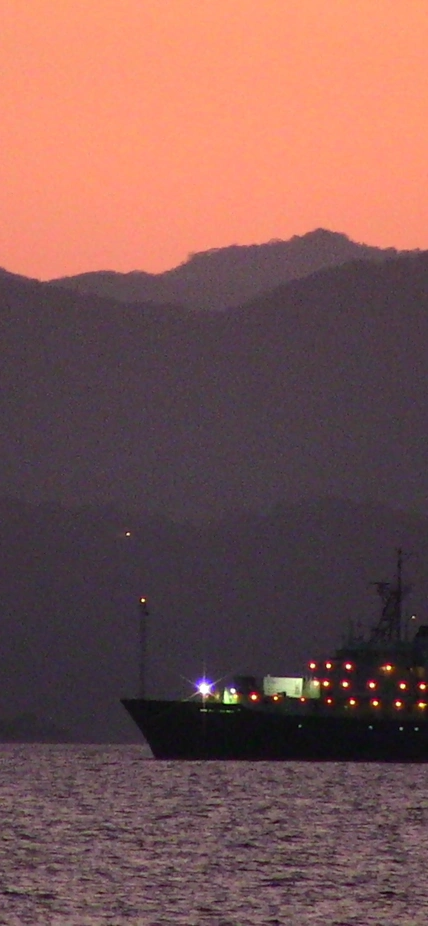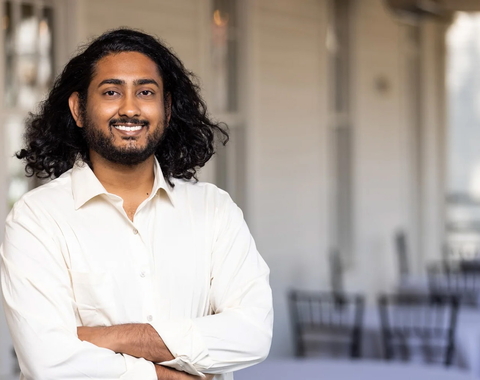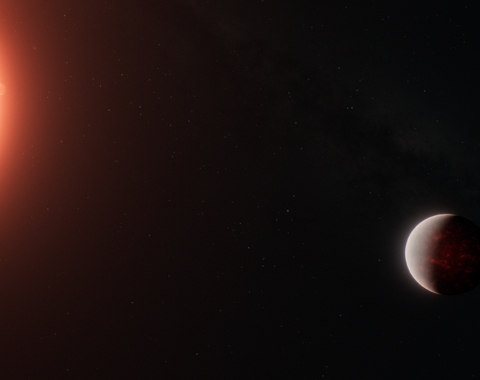Updated by Dionysis Foustoukos in 2014.
Scientists from the Geophysical Lab including Dr. Ileana Perez-Rodriguez and Dr. Dionysis Foustoukos are currently participating in a ROV Jason/Medea oceanographic expedition at the deep-sea hydrothermal vent sites of East Pacific Rise. The expedition enables a study of the functioning and environmental interactions of chemosynthetic microbial communities at deep-sea vent ecosystems. Deep-sea hydrothermal vents are environments where microorganisms thrive by energy obtained though chemosynthesis rather than photosynthesis, and thus, they promote energy transfer from the geothermal source to the higher trophic levels.
The expedition is funded by the Nation Science Foundation’s (NSF) Dimensions in Biodiversity program, which supports novel and integrated approaches to understanding the diversity of life on Earth. This interdisciplinary research program is founded on the collaborative effort between four US and four foreign institutions and involves the participation of a number of students and postdoctoral associates. The group from Geophysical Lab includes Matthew Rawls, an undergraduate student from George Mason University.
At the core of the project is the integration of in-situ and on-board laboratory-based studies to address the biogeochemical cycling of carbon, nitrogen, and sulfur associated with microbial communities to determine the impact of deep-sea vent ecosystems on a global scale. The hydrothermal lab at the Geophysical Laboratory provides the experimental facilities for shipboard flow-through incubations of microorganisms collected and transferred onboard R/V Atlantis under high pressures (250 bar). During this oceanographic expedition, Dionysis, Ileana and Matt will be working on a High-Hydrostatic Pressure (HHP) Continuous Culturing System where they will use complementary microbiological and geochemical techniques to understand how changing physical factors (temperature and pressure) affect the way nitrate-reducing natural communities operate.
You can also follow the expedition at the Dive and Discover website.



